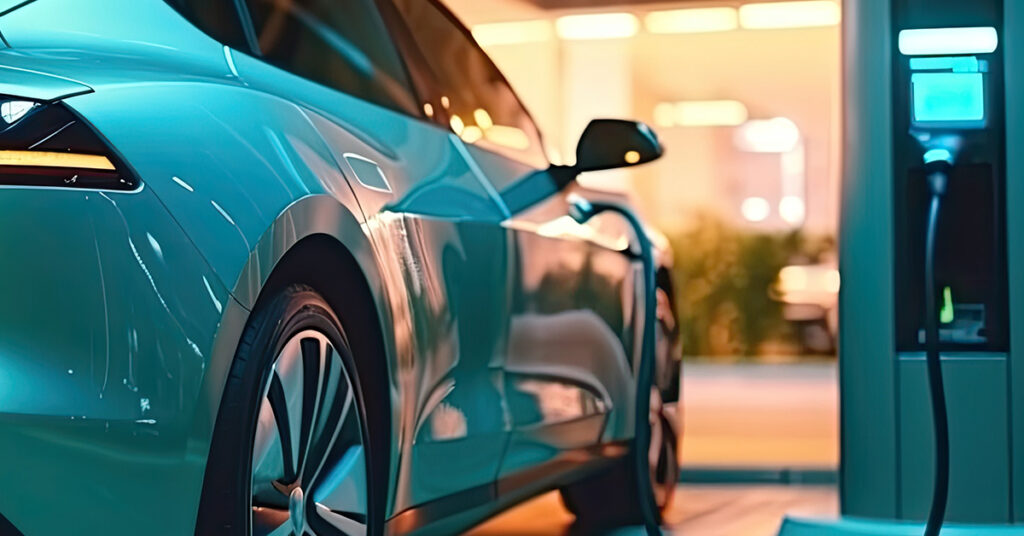Date Published
01/2024
Authors
Deepak Rajagopal, Narayan Gopinathan
Abstract
Public policies to replace fossil-fuel based internal combustion engine vehicle (ICE) with zero emission vehicle (ZEV) technologies such as battery electric vehicles (BEV) and hydrogen fuel cell vehicles (FCEV) are fast becoming commonplace worldwide. The two main types of policies being employed to help ZEVs overcome market failures and barriers to their adoption are subsidies and obligations on automakers to meet annual targets for ZEV sales. India currently has multiple types of subsidies for ZEVs, most notably through the FAME policy and the National Green Hydrogen mission as well as a large rebate on sales tax for ZEVs in addition to rebates on income tax and subsidies at the state government level. However, while India has declared ambitious goals for ZEV adoption by 2030, no binding obligations on automakers exist without which suggest there is no real cost to not achieving those national goals.
Here we discuss how binding ZEV obligations on automakers might complement a purely subsidy-based approach and help India achieve its goals and to ZEV adoption. Beyond that it can help bring certainty for investors and a scale to production that can help drive down cost of ZEVs and the need for subsidies. We do not recommend any specific target level for ZEV, nor do we suggest a specific timeline for phasing out internal combustion engine vehicles. We simply provide theoretical reasons as well as arguments based on actual experience from around the world with respect to adoption of renewable energy, specifically, solar and wind, biofuels and BEVs, which reveals that when these technologies have seen rapid growth, one finds that binding obligations on producers of fossil fuels or automobiles have been used alongside subsidies. Furthermore, India has a history of using obligations for clean technology to improve energy security and reduce emissions of air pollution and greenhouse gases. Given this context, and since subsidies are costly, an obligation for sales of ZEVs could be a policy that can lead to greater effort and commitments from OEMs to drive down the cost of ZEVs and make them more attractive to consumers.
To help auto OEMs meet these obligations, a suite of complementary policies such obligations on large commercial fleets such as ridesharing and taxi fleets and freight operators to procure ZEVs, obligations on fossil fuel companies to invest in charging or Hydrogen fueling infrastructure, and directing more subsidies for creation of a robust charging and fueling infrastructure are also recommended.



